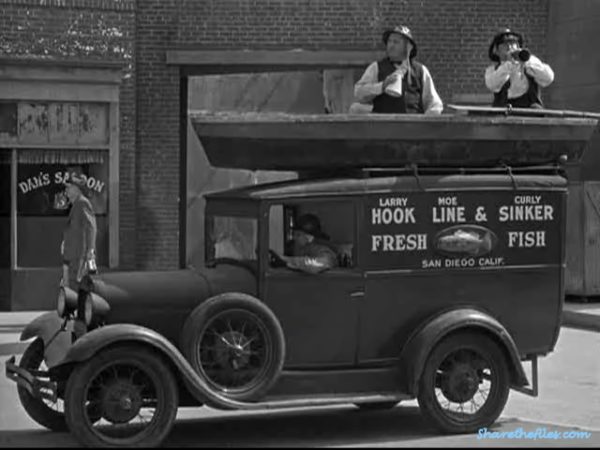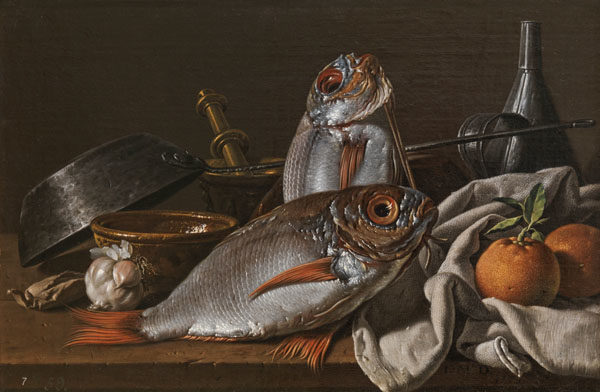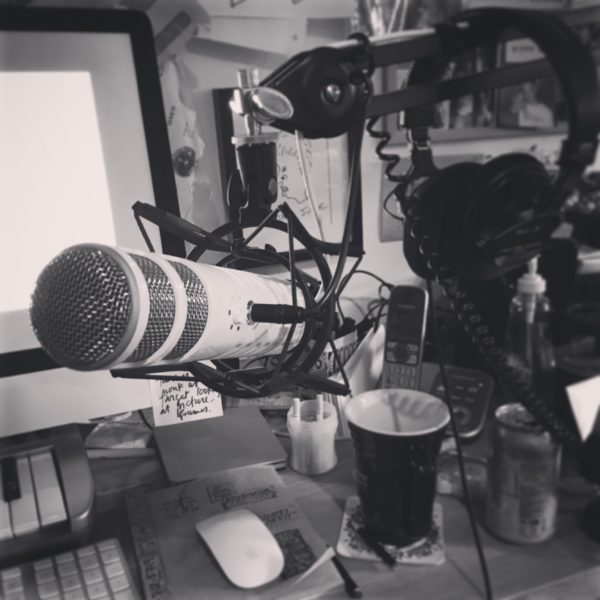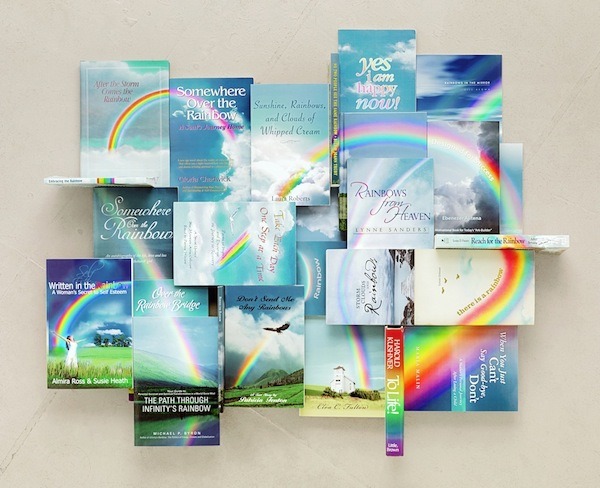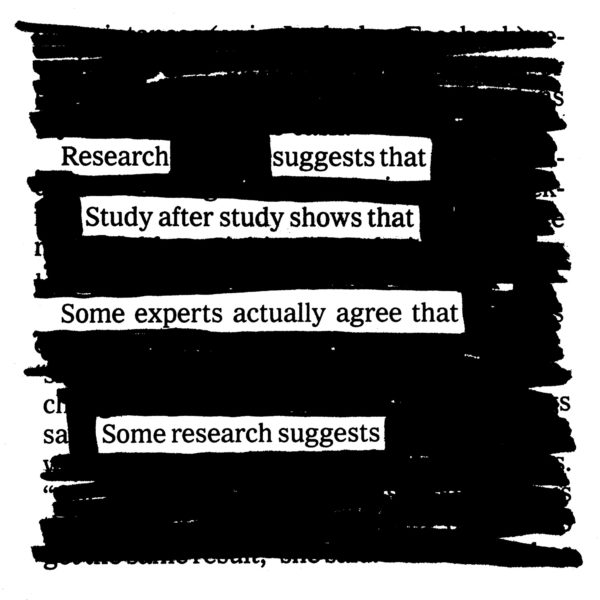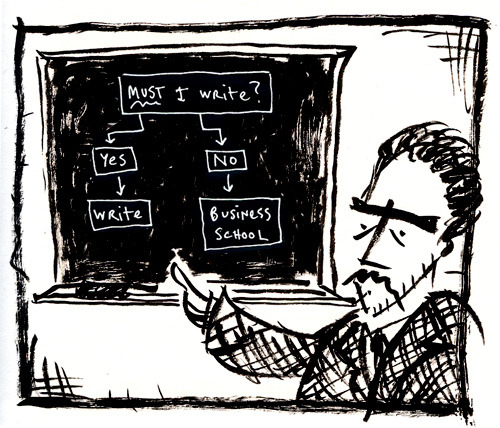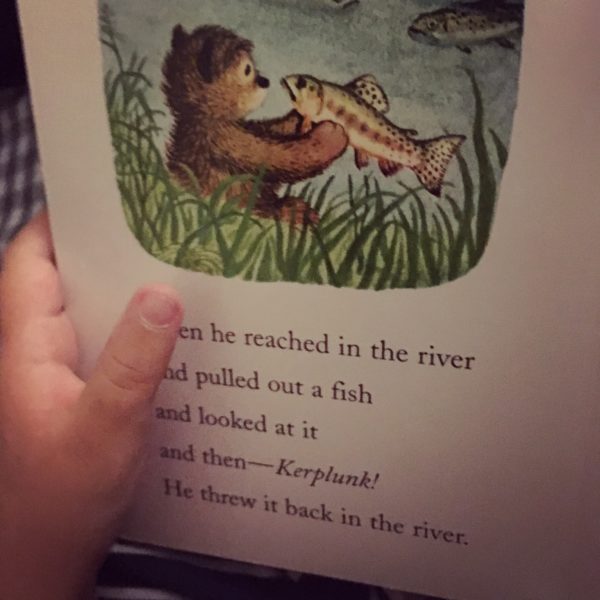
I lost my voice this week, so my 3-year-old has been reading reciting his books to me at bedtime. Something about being read to distances me from pages I’ve read hundreds of times. (Literally — the book is in his hands, so I’m further away.) Tonight this page from Little Fur Family caught my eye:
then he reached in the river
and pulled out a fish
and looked at it
and then—Kerplunk!
He threw it back in the river.
“Look at your fish!” I thought.
Then I remembered Kio Stark telling me that back in 2012 Robin Sloan (author of Sourdough) published an app/essay called “Fish,” a “manifesto about the difference between liking something on the internet and loving something on the internet.” So after the 3-year-old was down for bed, I downloaded the essay and read it.
Robin notes that he returns to his absolute favorite books, music, and movies, over and over again: he re-reads, re-listens, re-watches. But on the internet, he “likes” something and moves on. It’s the act of returning, he suspects, that separates love from like:
And then he gets to the main point of the essay:
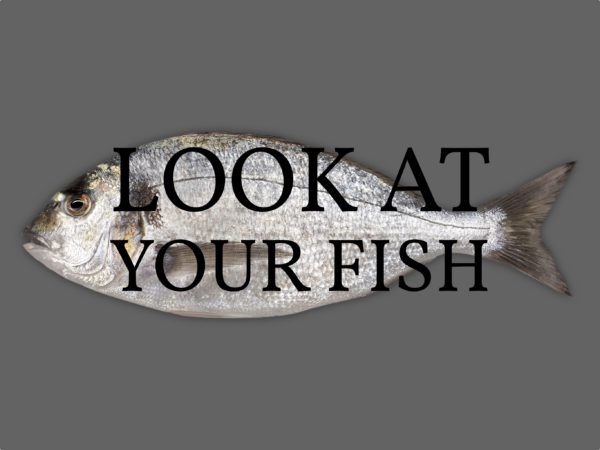
That’s right! Robin tells the story of Louis Agassiz’s “Look at your fish” lesson, which I read about in David McCullough’s Paris Review interview, but which is also in McCullough’s 1992 book, Brave Companions.
“We don’t look at our fishes,” Robin writes. “We catch and release.”
Here’s a page from Show Your Work!:
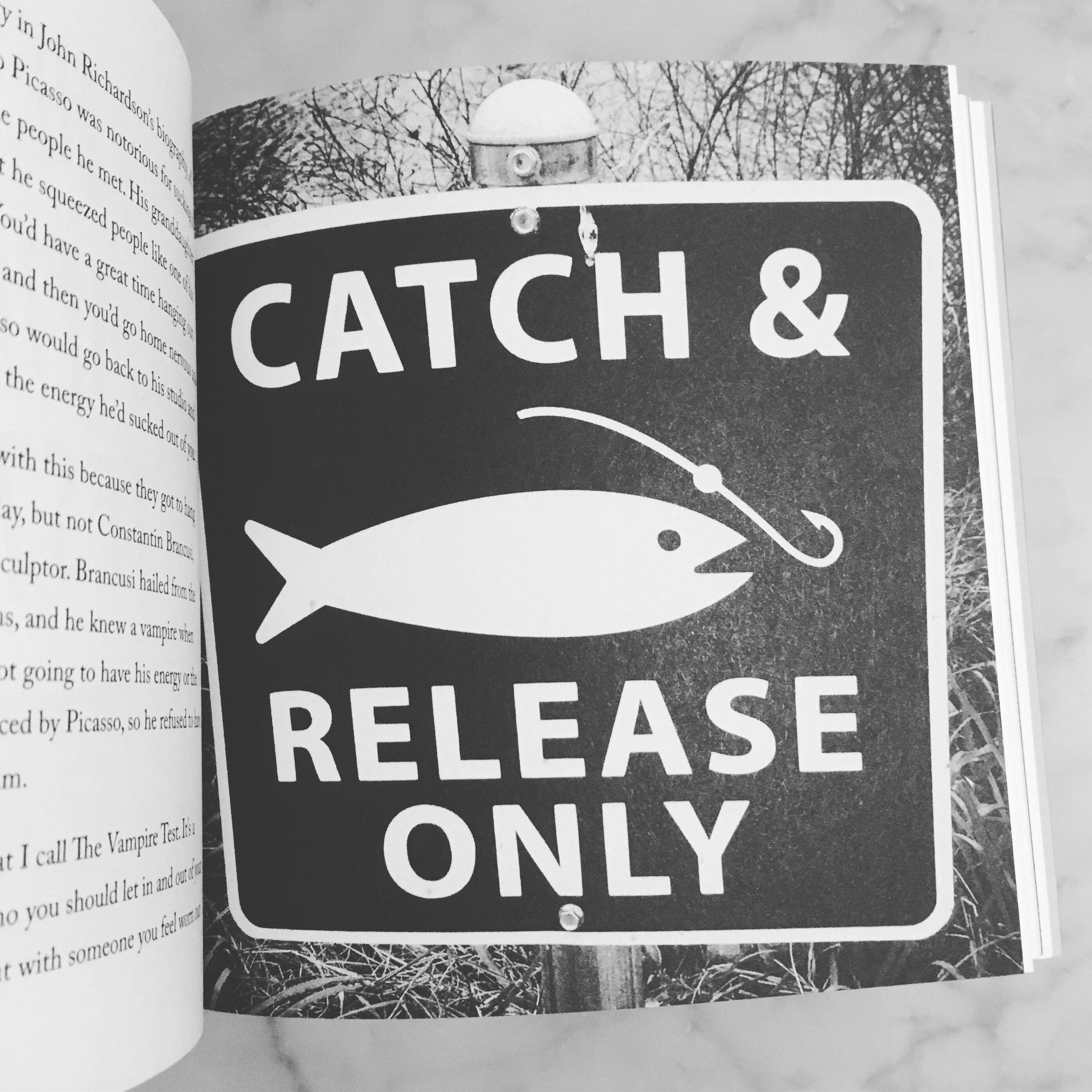
That’s exactly what the Little Fur Child in the story is doing on the page that caught my eye: catching and releasing.
So now I’m thinking about this metaphor of fishing and being on the internet, and it’s falling apart in my head, because catch and release means the fish stays alive — you take a look, then you throw it back into the river and somebody else downstream can catch it later and take a look for themselves. If you hoard the fish, or you eat the fish, nobody else gets to enjoy it. What you really have to do, if you want to really look at your fish is make a copy of the fish — clone the fish! — and then throw it back in the river.
(Ah, but now I might’ve spoiled the surprise (updated) ending of the essay!)
But, for writers, maybe it’s not just returning to the things we love… maybe it’s embedding the things we love in new things that we write that keeps those fish alive. Like what McCullough did with the Louis Agassiz story — he caught the fish, but he released it back into the wild in his book. And then Robin caught the fish and released it in his essay. And I caught it and released it… in this blog post?
Footnotes Stray thoughts
1. Little Fur Family comes right before Goodnight Moon, both of which have to be two of the weirdest picture books ever written, both written, of course, by Margaret Wise Brown, who was pretty weird herself…
2. I probably noticed the page in Little Fur Family because I’ve been obsessed with the way of seeing shown in Lawrence Weschler’s Everything That Rises. It occurs to me, only now, duh, that the fish story, too, is all about Agassiz’s “way of seeing.” (Those are the exact words McCullough uses in Brave Companions.)
3. We haven’t even talked about David Lynch’s Catching The Big Fish: “Ideas are like fish. If you want to catch little fish, you can stay in the shallow water

